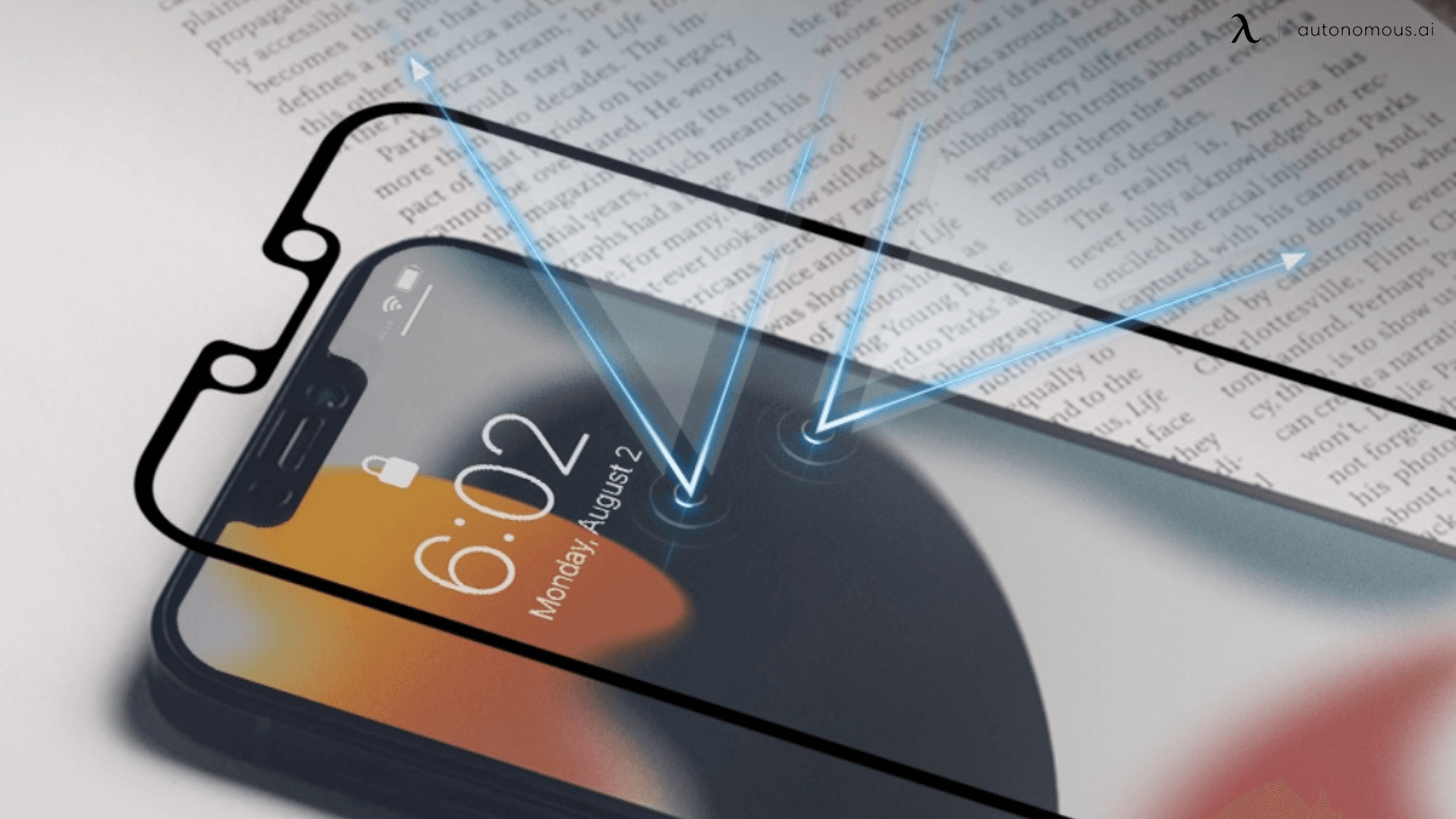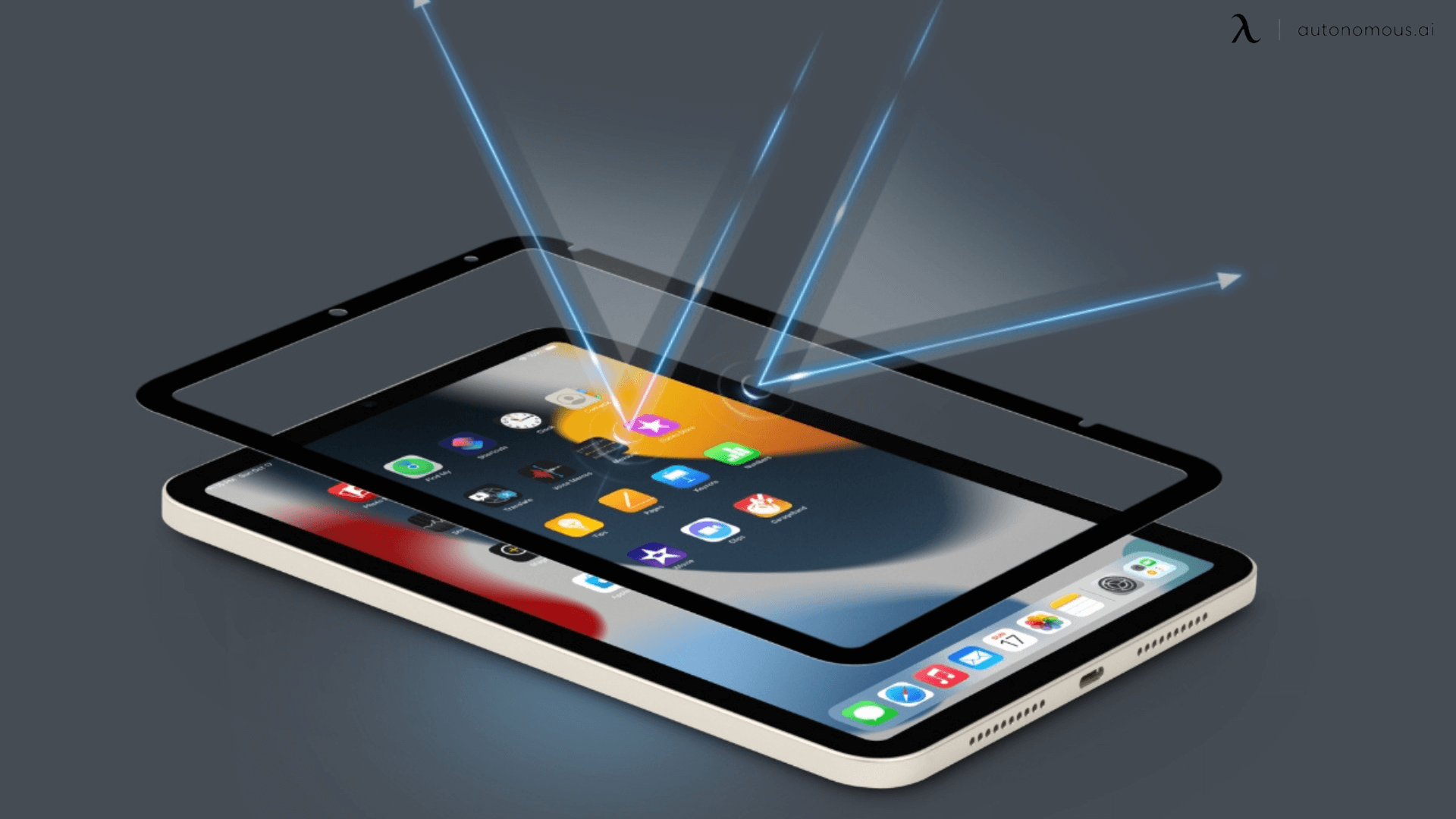
The Benefits and Drawbacks of Using Anti-Glare Screen Protector
Table of Contents
There is no evidence that cell phone light causes eye damage; this myth is propagated by companies trying to sell you unnecessary shields, glasses, etc. Due to its color, blue light tells your brain it's morning since it resembles sunlight in the morning. It’s tough falling asleep when you've been using a screen late at night. For that purpose, you can try various blue light blockers or anti-glare screen protectors for laptops.
The public felt they had a cheaper product when they tried to sell anti-glare screen protectors for iPhone phones years ago. When it is clear and bright, you are on to a winner. In the modern world, anti-glare is a personal preference and should be left to aftermarket manufacturers and accessory makers. Tablets and phones can be protected with an anti-glare screen protector.
Anti-glare reduces the screen's brightness primarily because it reduces glare. When phones and tablets are used outdoors, their brightness is low, which makes them less visible under sunlight. Televisions don't need anti-glare displays since they are not used outdoors.
What is an Anti-Glare Screen?
In order to reduce sun and light glare on a screen, anti-glare screens are placed on top of screens of desk accessories as a clear panel or filter. When working on your computer near a window that is exposed to sunlight, you may not need an anti-glare screen protector for the monitor or filters.
By preventing unwanted glares from computer accessories, it prevents eye strain. You will be able to see better if you use anti-glare specs. The unwanted glare at night (which hits our pupils) makes it difficult to ride or drive at night. It is possible to reduce these glares by wearing anti-glare eyeglasses.
Thanks to the anti-glare screen protector for iPad, you can reduce the amount of direct light hitting your screen and ambient light. Additionally, it prevents visible dust, grease, and dirt from sticking to your display, allowing you to enjoy your media without distractions.

Benefits of Anti-Glare Screen Protectors
Anti-glare display technology has many advantages, especially in today's digital age; these types of displays are most important for those who spend most of their time in front of the screen. A laptop or desktop may be used, games may be played, or movies may be watched for hours. As a result of these activities, you may experience eye strain or blurriness, eye itching, or headaches. The reflection screen light is responsible for this.
Anti-glare screens reduce eye strain
Despite spending several hours at the screen, you don't experience eye strain or blurriness and can work easily for longer. Anti-glare Screen Protector for iPad coatings in the screen reduces the intensity of light beams to reduce eye strain.
An anti-glare coating reduces light intensity
The anti-glare coating is primarily used to reduce screen light intensity by cutting it off. Displays like LCDs directly incident your eyes, but on anti-glare displays, light waves are cut off since they do not directly impact your eyes.
Displays are easier to clean
Another advantage of an Anti-glare Screen Protector for the iPhone is that dust particles on display will have to be removed if you use it frequently or rarely. Displays with anti-glare make cleaning easier. We can also avoid dust and fingerprints that are not attached to the screen with it because it protects against scratches and smudges.
The visual quality is better, and the experience is richer
Reduces the amount of direct (screen light) and ambient (outside light sources like LED lights or sunlight) light hitting your screen. You can enjoy your movie with a better and richer visual picture quality and concentrate on your work while playing games.
Colors with more vibrancy
For those who watch movies and web series constantly, as well as gamers who enjoy visuals with rich colors in strong lighting conditions, the anti-glare display helps to bring out vibrant colors.

Cons of Anti-Glare Screen Protectors
For editing, colors aren't always accurate
Matte screens with AR coatings - laptops or monitors - have some trade-offs, especially regarding color accuracy. Translating projects to other devices is vital for professionals who need to display their work to a large audience. To ensure the most accurate representation of colors, many creative pros in the visual arts prefer glossy screens under low or no light conditions.
Usually more expensive
Anti-glare technology is becoming more commonplace, but it is not the standard across every device or monitor. Laptops and desktop monitors with anti-glare screens are usually only available on mid-to-high-end models. In light of that, you should consider whether the additional cost is worth it as you shop for a new device.
Easy to see fingerprints
There are some benefits to an anti-glare screen, but it is more likely to show fingerprints and smudges than other screens. Due to an increased contrast output created by the coating itself, the AR coating is more visible. Because of this, the AR coating will wear off faster if you try to clean the screen with an old rag or paper towel instead of a microfiber towel.

Anti-Glare vs. Anti-Reflective
A diffusive material breaks down the reflected light off the surface, making it less glaring. Diffusion reduces the consistency of the reflected image, resulting in these undesirable reflected images appearing blurry or fuzzy to the eye. Doing this makes the reflected image less likely to interfere with the intended image display.
As a result of antireflective solutions, you can find on our employee purchase program for must-have laptop accessories, light waves from both the external and internal can be absorbed, negating the transmission of light through the substrate. The difference between the refractive indices in the corresponding mediums amplifies the amount of light reflected as light passes from one medium to another, such as air to an optical substrate.
Bleiben Sie mit uns in Verbindung!
Abonnieren Sie unsere wöchentlichen Updates, um über unsere neuesten Innovationen und Community-Neuigkeiten auf dem Laufenden zu bleiben!
Interesse an einer Linkplatzierung?
Sag es weiter
.svg)



/https://storage.googleapis.com/s3-autonomous-upgrade-3/production/ecm/230914/bulk-order-sep-2023-720x1200-CTA-min.jpg)

/https://storage.googleapis.com/s3-autonomous-upgrade-3/production/ecm/230824/Amanda-8035f52a-7230-4c31-9bda-626fd7c392bf.jpg)